New Challenges and New Opportunities in Enforcing Method of Treatment Claims
July 2011
By: Brian T. Moriarty, Deirdre E. Sanders, and Lawrence P. Cogswell III, Ph.D.
Hamilton Brook Smith Reynolds Alert
The U.S. Supreme Court and the Federal Circuit have made and are continuing to make significant changes in the law of multi-party patent infringement – namely, induced infringement and joint infringement. These rapidly evolving changes in the law portend new challenges for all clients, but may present potential new opportunities for brand and generic pharmaceutical companies regarding method of treatment claims. The changes are discussed in a recent article by attorneys from Hamilton Brook Smith Reynolds.
The new case law on joint infringement requires an analysis of the specific nature of the relationship among the alleged joint infringers to determine if there is a principal-agent relationship, or a similar “control” or “mastermind” relationship, among them. Likewise, under new Supreme Court precedent on induced infringement, the subjective intent of the alleged inducer is now an element of the induced infringement analysis. For example, to prove direct infringement of a method of treatment claim (e.g., administering a drug to a patient with a specific diagnosis), brand companies may now have to present proof of conduct by multiple parties (e.g., doctors and patients) and show that the generic induced the direct infringement. These new heightened standards may be challenging for the Hatch-Waxman plaintiff who brings an action before a generic product is launched because in those cases the infringement analysis is based upon an assumed, or hypothetical, set of facts. It may be difficult or impossible under the Constitutional “case or controversy” requirement to prove both the “control” relationship and the subjective intent on a hypothetical basis before an act has occurred. These developments may undermine the balance Congress struck in enacting the Hatch-Waxman amendments and provide additional room for strategic maneuvering by brands and generics alike.
For brands, the first step to take in view of these changes in the law is a review of existing and pending patent claims. Method of treatment claims should be written such that all steps can be performed by one actor – presumably the patient or the person administering the drug. Brands should also consider seeking to reissue suspect claims or filing continuation applications to refine the invention such that claims can be performed by one and only one actor. For new inventions, brands should prepare the specification to provide support for interpreting the methods to require conduct by one actor, and give care to avoid making statements during prosecution suggesting the need for more than one actor. Once in litigation, brands should focus on claim construction efforts to avoid divided infringement problems.
Generics should be sure to develop claim construction positions and evidence that will lead to a claim construction that requires multiple actors to perform the steps of a method claim. Likewise, generics should take steps to avoid the imputation of a subjective intent to induce infringement by possibly obtaining opinions of counsel to show a lack of any specific intent to induce infringement. A generic might even seek to develop evidence of the speculative nature of the adjudication of the method of treatment claims in order to seek dismissal based on a lack of subject matter jurisdiction (no case or controversy), increasing the possibility that it can launch its product prior to patent expiry.
In sum, the courts’ clarification of the law of joint infringement and changes in the law of induced infringement will cause upheaval in the litigation of method of treatment claims, and other types of claims, in Hatch-Waxman litigation. Brands and generics should keep close watch on the evolving case law in these areas and the need to consider new strategies.
If you have any questions or concerns, please contact your attorney at Hamilton Brook Smith Reynolds.






